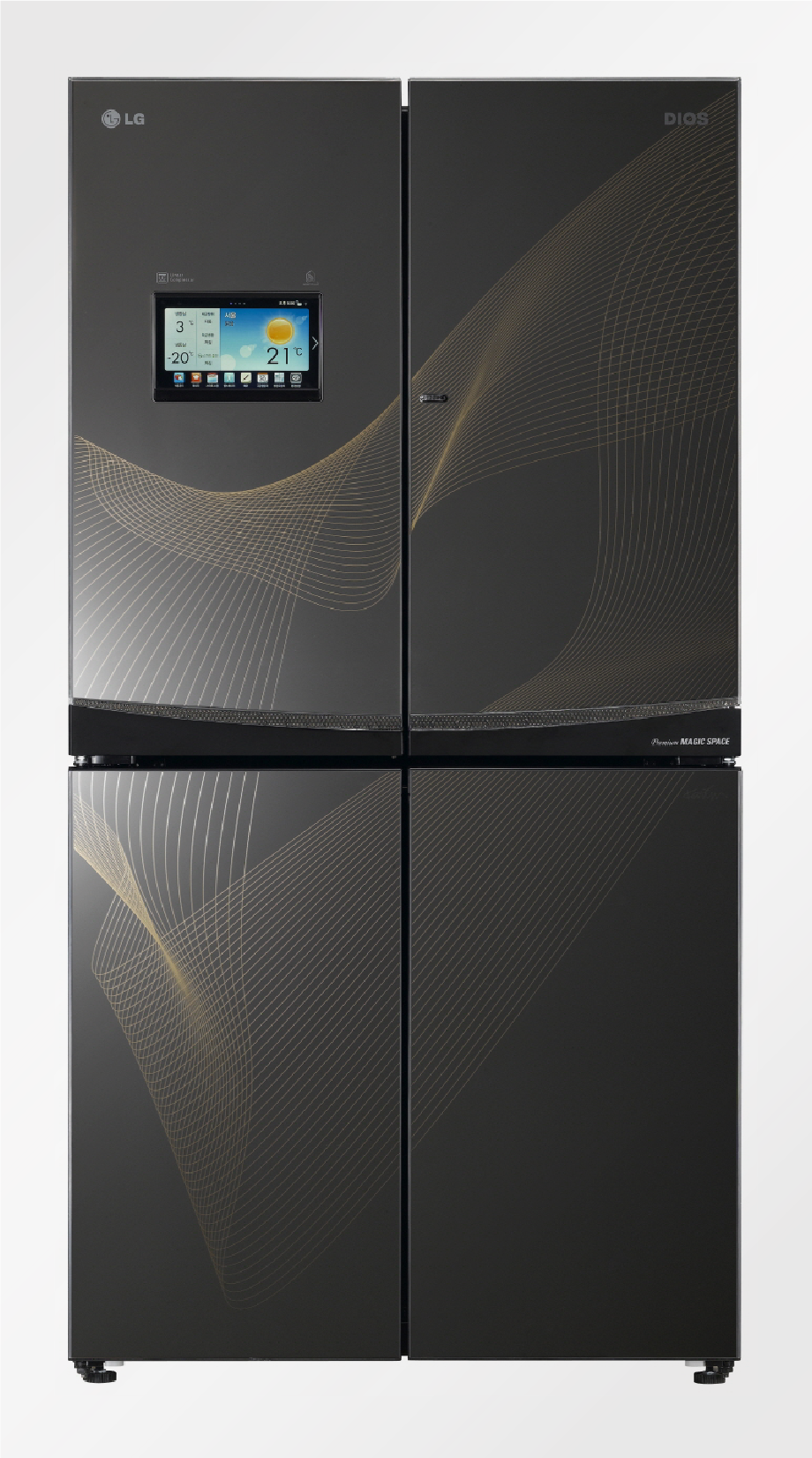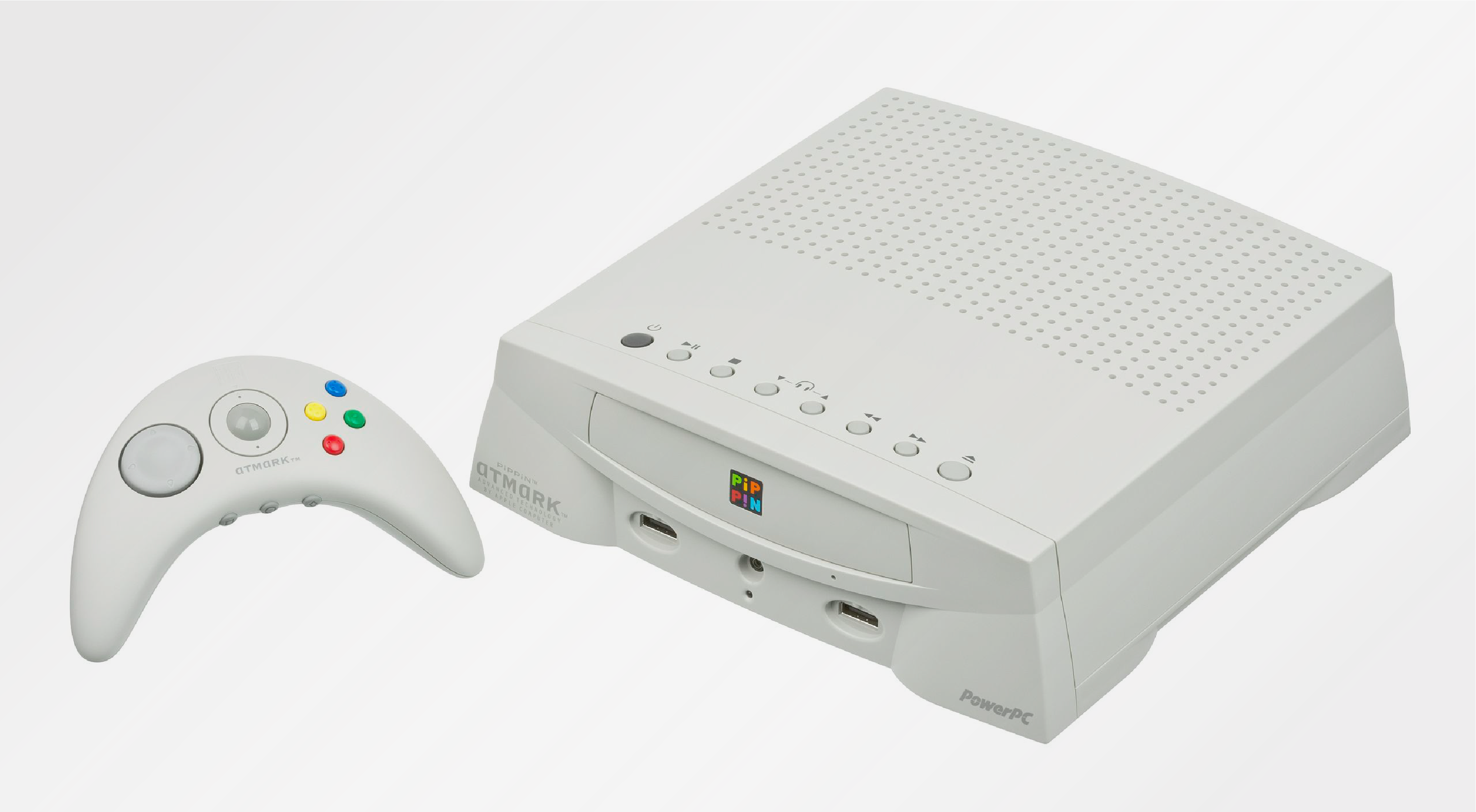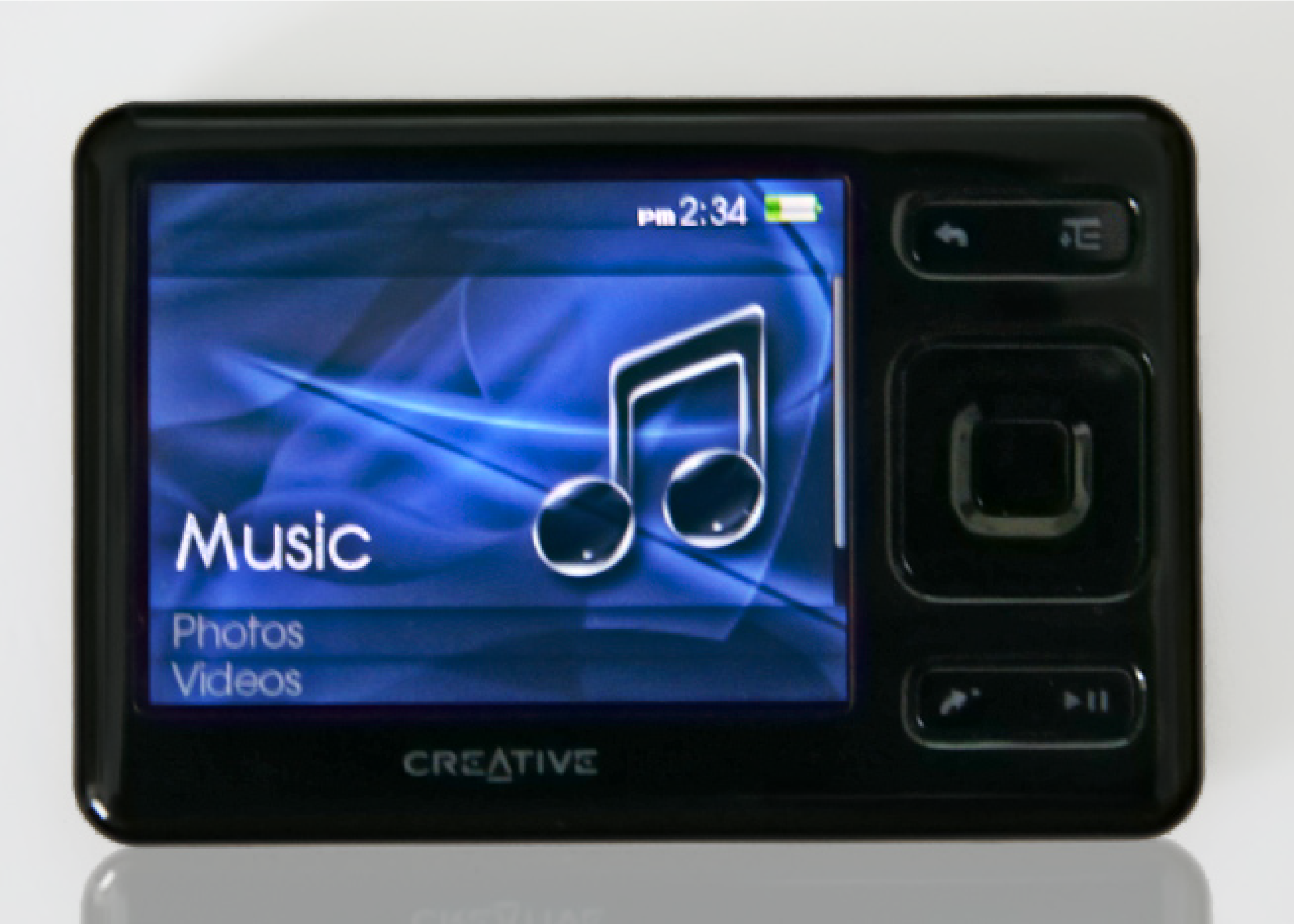Consumers are famously fickle, especially when buying technology. One year, they want the “next big thing” and aren’t afraid to pay for it. The next year? Only a product with all-in-one functionality and the cheapest price will do. But there are clear reasons why some products miss the market and fail to understand the consumer. Here are a handful of CES flops:
1. There Wasn’t an App for That: Palm Pre
 The Palm Pre smartphone, darling of CES 2009, was hamstrung by its late entry to the smartphone market. Its proprietary WebOS operating system and small user base failed to get a critical mass of developers interested in creating apps for the platform. While the iPhone had 100,000 apps in the AppStore, the Palm Pre had roughly 1,000 – not enough for lift off.
The Palm Pre smartphone, darling of CES 2009, was hamstrung by its late entry to the smartphone market. Its proprietary WebOS operating system and small user base failed to get a critical mass of developers interested in creating apps for the platform. While the iPhone had 100,000 apps in the AppStore, the Palm Pre had roughly 1,000 – not enough for lift off.
2. Too Much Code: Windows Vista
 An ad for the “Best of CES 2007” operating system seemed to equate Microsoft Vista’s impact to that of the moon landing. But after many delays, Vista arrived to the market with 50 million lines of code – a hefty system that slowed consumer performance and caused incompatibility issues with older PCs and many peripherals. As with Microsoft’s infamous whiffs with personal assistants Bob and Clippy, consumers decided to skip the headaches.
An ad for the “Best of CES 2007” operating system seemed to equate Microsoft Vista’s impact to that of the moon landing. But after many delays, Vista arrived to the market with 50 million lines of code – a hefty system that slowed consumer performance and caused incompatibility issues with older PCs and many peripherals. As with Microsoft’s infamous whiffs with personal assistants Bob and Clippy, consumers decided to skip the headaches.
3. Never Made the Case for Change: 3D TV & VR Headsets
 In 2010, every major electronics manufacturer promoted a 3D TV at CES. Some pundits and media were calling it “The Year of 3D TV.” But by 2013, consumers had rejected early versions of VR as too expensive and too complicated, requiring viewers to watch with special glasses on, at certain angles to get the view just right. This tech simply asked too much of consumers.
In 2010, every major electronics manufacturer promoted a 3D TV at CES. Some pundits and media were calling it “The Year of 3D TV.” But by 2013, consumers had rejected early versions of VR as too expensive and too complicated, requiring viewers to watch with special glasses on, at certain angles to get the view just right. This tech simply asked too much of consumers.
4. Too Smart for Its Own Good: LG Internet Digital DIOS
 LG introduced the first smart refrigerator at CES in 2000. Whatever benefit the fridge provided in delivering information about the freshness of the fruit inside was outweighed by its $20,000 price tag. Though prices have dropped over the past twenty years, Americans continue to be unconvinced that they need to pay their major appliances to do their thinking.
LG introduced the first smart refrigerator at CES in 2000. Whatever benefit the fridge provided in delivering information about the freshness of the fruit inside was outweighed by its $20,000 price tag. Though prices have dropped over the past twenty years, Americans continue to be unconvinced that they need to pay their major appliances to do their thinking.
5. Need for Speed: Pippin
 The Pippin debuted at CES in 1996 as a joint venture with Japanese game maker Bandai as the first online system for video game consoles. But modem connections of the day were too slow to make it fun and useful. Pippin used several incentives to attract game developers to its platform but gamers didn’t care; the slow connections and the $600 price tag – double the cost of other consoles – pushed Pippin to the graveyard.
The Pippin debuted at CES in 1996 as a joint venture with Japanese game maker Bandai as the first online system for video game consoles. But modem connections of the day were too slow to make it fun and useful. Pippin used several incentives to attract game developers to its platform but gamers didn’t care; the slow connections and the $600 price tag – double the cost of other consoles – pushed Pippin to the graveyard.
6. They Just Weren’t Apple: ZEN, Xoom, Pebble
 Creative Lab’s ZEN player, a credit card-sized music device, was named CES Best of Show in 2004, Motorola’s Xoom tablet was Best in Show in 2011, and the crowdsourced Pebble smartwatch took CES by storm in 2013. Though early sales for each device showed promise, none of these products were a match for Apple products’ sleek design and functionality, not to mention the company’s marketing prowess.
Creative Lab’s ZEN player, a credit card-sized music device, was named CES Best of Show in 2004, Motorola’s Xoom tablet was Best in Show in 2011, and the crowdsourced Pebble smartwatch took CES by storm in 2013. Though early sales for each device showed promise, none of these products were a match for Apple products’ sleek design and functionality, not to mention the company’s marketing prowess.

